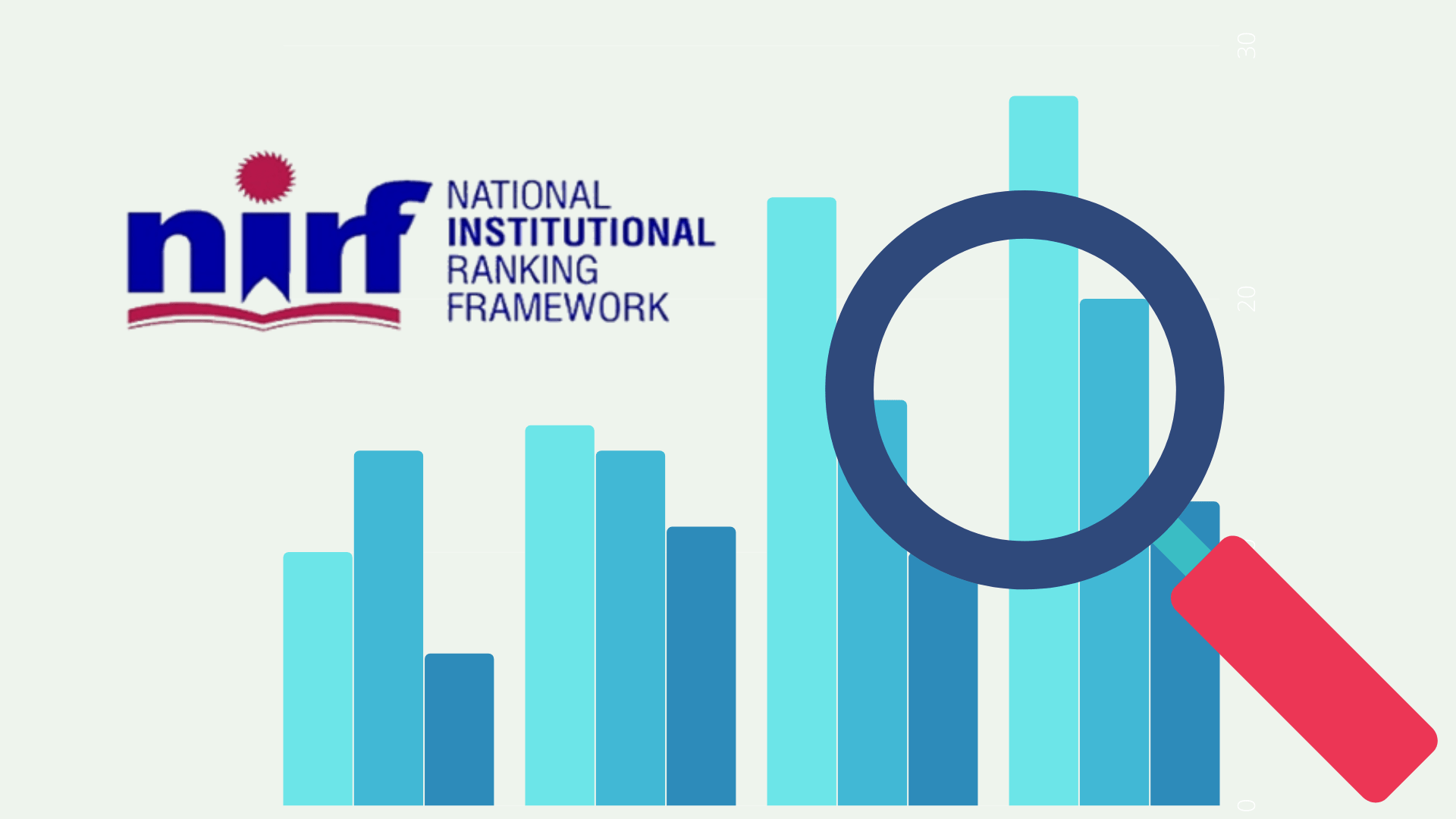Ever wondered what it takes for a college to climb the NIRF rankings?
It’s not just about infrastructure or research—alumni engagement plays a game-changing role! Let’s explore how institutions can leverage their alumni network to secure a top spot.
How to Get Recognized in Top NIRF Ranked Institutions
Featuring on the NIRF top 100 tables is certainly prestigious for any College or University. However, getting a better score for your institution can be tricky and a tedious task.
In our recent study, we interacted with over 56 Partner Institutions having top ranks in NIRF learning how they have managed to get a perfect NIRF score, and found out that one of the contributing factors is a strong alumni network! Surprised? We too were!
Alumni Communities play a very crucial role in boosting NIRF Rankings for their Institutions. We all know that alumni are a strong support to the institution and serve many valuable roles, one of them being helping institutions build and grow its brand.
Here are 3 parameters that will help you boost your NIRF Rankings through Alumni Support:
How Alumni Support Can Boost NIRF Ranking
NIRF considers multiple factors when evaluating institutions. Below are three key areas where alumni involvement can make a difference:
Constructing and Sustaining an Up-to-Date Alumni Database
As colleges and universities grow, so does their alumni population. Yet, it is not easy to maintain an updated alumni database. A solid alumni database facilitates:
Collection of complete and correct alumni information
Monitoring of alumni higher education and career developments
Enhancing ties between institutions and alumni
To sustain a functional database, institutions need to invest in alumni relationship management and regular interaction programs.
Using Alumni for Institutional Development
Alumni play a major role in their alma mater’s achievement. Institutions can engage alumni positively through:
Campus Placements: Alumni from leading firms can arrange recruitment opportunities for students.
Mentorship and Expert Sessions: Veteran alumni can guide students and deliver industry-specific sessions.
Career Guidance: Alumni networks give career guidance to students as well as fellow graduates.
By fostering these relationships, institutions build their image, eventually enhancing their NIRF ranking.
Alumni-Led Fundraising and Scholarships
Alumni support is also important for fundraising. Whether it is for infrastructure development, scholarships, or student affairs, alumni donations contribute to the growth of institutions. A solid financial foundation helps colleges develop quality education and facilities, positively influencing NIRF scores.
Why NIRF Ranking Matters ?
High NIRF ranking is an indicator that an institution is dedicated to academic excellence, infrastructure, and student success. But why is it so important?
Credibility & Recognition: A high NIRF ranking boosts an institution’s reputation both nationally and internationally.
Improved Admissions & placements: Bright students and leading recruiters are drawn to good rankings.
More Funding & Collaborations: Well-ranked institutions receive higher funding and research collaborations.
How Does NIRF Guarantee Ranking Credibility?
NIRF employs open and unbiased metrics like:
Teaching, Learning & Resources
Research & Professional Practice
Graduation Outcomes
Outreach & Inclusivity
Perception
All these categories are thoroughly examined, and NIRF rankings thus become a sound benchmark for institutional performance.
Conclusion
Enhancing NIRF rankings involves strategic action in several areas, and alumni engagement is one of the most effective but least considered factors. By keeping alumni records up to date, promoting mentorship programs, and using alumni for placements and fund-raising, institutions can improve their rankings considerably.
In order to implement a successful alumni engagement program, discover our guide on creating an ideal alumni engagement cycle.





 March 25, 2025
March 25, 2025
